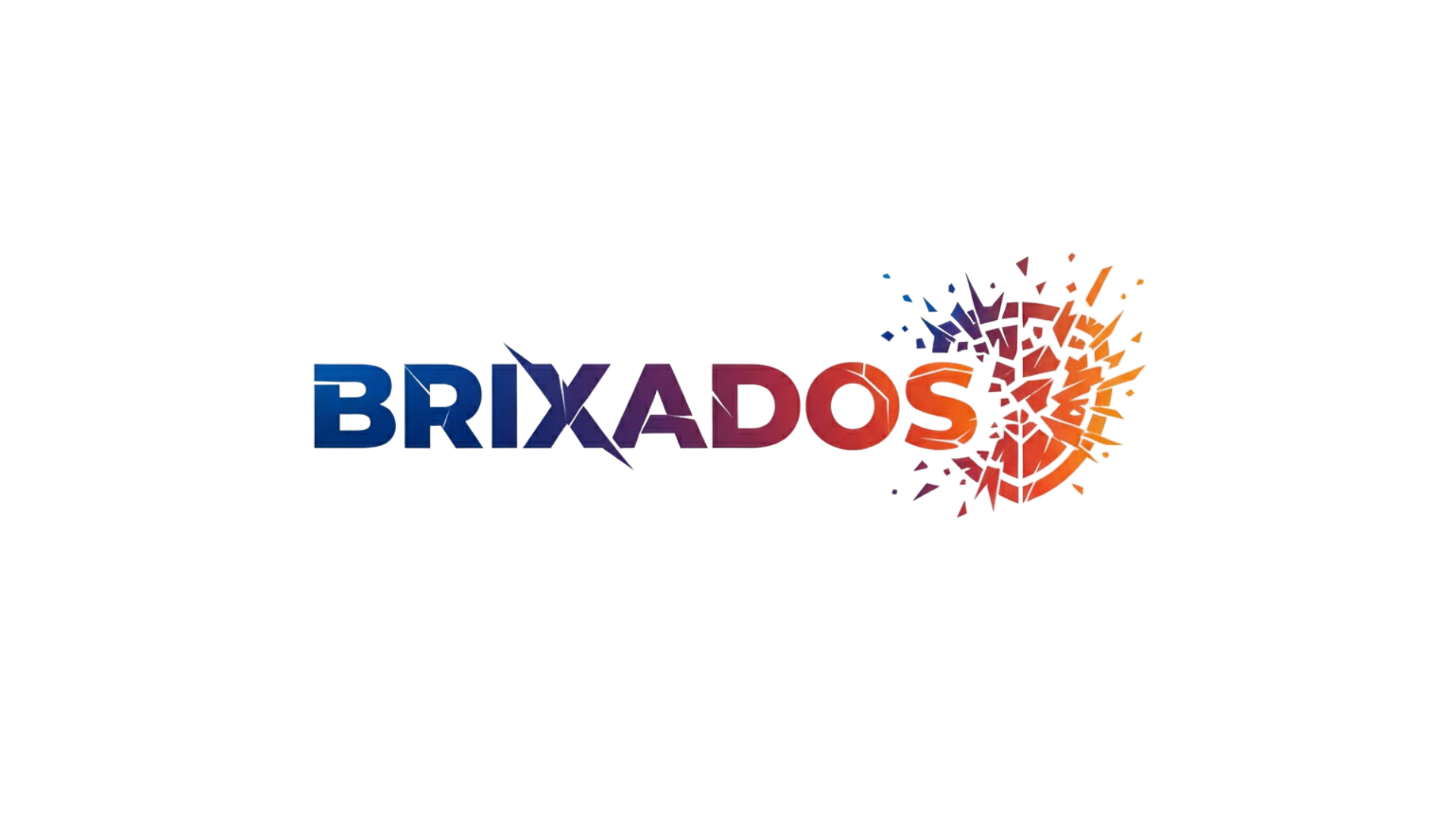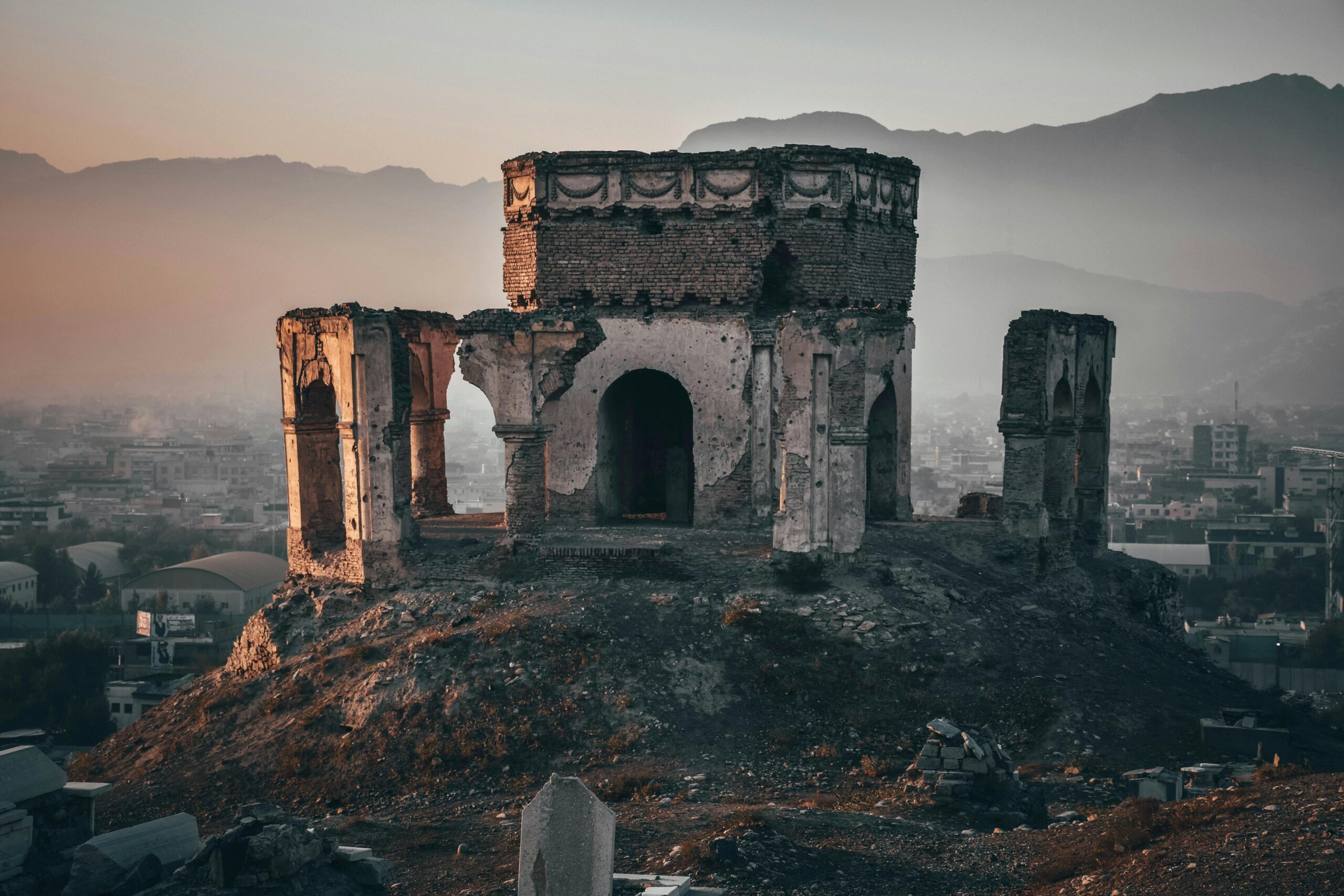Dreams have captivated humanity since the dawn of civilization, serving as portals to wisdom, healing, and divine communication that shaped ancient cultures worldwide.
Long before modern psychology attempted to decode the sleeping mind, our ancestors developed sophisticated systems for interpreting and harnessing dreams. These ancient practices weren’t merely primitive superstitions—they represented complex spiritual technologies that addressed physical ailments, provided strategic guidance, and connected communities with realms beyond ordinary consciousness.
From the dream temples of ancient Egypt to the vision quests of indigenous peoples, cultures across continents recognized dreams as valuable sources of knowledge. Understanding these time-honored practices offers not only historical insight but also practical wisdom we can apply to our contemporary lives, bridging the gap between ancient spirituality and modern wellness.
🏛️ The Sacred Dream Temples of the Ancient World
Ancient civilizations constructed entire architectural complexes dedicated to dream incubation—the deliberate practice of seeking specific dreams for healing or guidance. The most famous of these were the Asclepieions, temples devoted to Asclepius, the Greek god of medicine and healing.
Pilgrims traveled great distances to sleep within these sacred spaces, following elaborate purification rituals before lying down in the abaton, or sleeping chamber. The process typically involved fasting, bathing in sacred waters, making offerings, and participating in ceremonies designed to prepare the dreamer’s consciousness for divine visitation.
During sleep, supplicants expected Asclepius or his representatives to appear in dreams, offering direct healing, surgical interventions performed in the dream state, or prescriptions for remedies. Archaeological evidence and historical accounts document thousands of successful healings, with recovered patients leaving inscribed tablets describing their dream cures.
Similar practices existed across cultures. Egyptian dream temples dedicated to Imhotep and Serapis functioned as ancient hospitals where priest-physicians interpreted dreams as diagnostic tools. In these settings, dreams revealed not just symptoms but underlying spiritual imbalances requiring attention.
Ancient Egypt: Dreams as Messages from the Divine
The ancient Egyptians possessed one of history’s most sophisticated dream cultures. They believed dreams represented communications from gods, deceased ancestors, and the soul itself during its nightly journeys through the Duat, the otherworldly realm.
Egyptian dream interpretation manuals, such as the Chester Beatty Papyrus III dating to around 1275 BCE, provided extensive catalogs of dream symbols and their meanings. These texts distinguished between “good” dreams sent by benevolent deities and “bad” dreams dispatched by malevolent forces, offering protective spells and rituals for each type.
Professional dream interpreters held respected positions in Egyptian society, consulting with pharaohs and commoners alike. The famous biblical story of Joseph interpreting Pharaoh’s dreams reflects the historical importance Egyptians placed on dream prophecy for matters of state and survival.
Egyptians also practiced dream incubation in temples, sleeping in special chambers to receive guidance on specific questions. They believed certain locations possessed enhanced spiritual potency that facilitated clearer divine communication during sleep.
Indigenous Vision Quests and Dream Journeys 🌙
Native American traditions developed their own profound relationships with the dream world through practices like vision quests. These intensive spiritual retreats involved isolation, fasting, and prayer to induce powerful dreams or visions that provided life direction, spiritual power, and connection with guardian spirits.
Young people often undertook vision quests at critical life transitions, seeking dreams that would reveal their purpose, adult name, or protective animal spirits. The experiences gained during these quests shaped personal identity and social roles within the community.
Many indigenous cultures distinguished between ordinary dreams and “big dreams”—powerful visions carrying significance beyond the individual dreamer. Big dreams might offer warnings to the entire community, reveal new healing practices, or provide songs and ceremonies for collective use.
The Iroquois people developed particularly sophisticated dream practices, holding community dream-sharing councils where members helped each other interpret and fulfill dream wishes. They believed unfulfilled dreams could cause illness, making dream work a crucial component of preventive healthcare.
Australian Aboriginal cultures maintained similarly rich dream traditions through the concept of the Dreamtime—a timeless realm where ancestral beings created the world and continue to exist. Dreams provided access to this eternal dimension, connecting individuals with ancestral wisdom and the living landscape itself.
Mesopotamian Dream Divination and Royal Guidance
In ancient Mesopotamia, dreams served as primary channels through which gods communicated with humans, particularly rulers who bore responsibility for their kingdoms’ welfare. Assyrian and Babylonian kings regularly consulted dream interpreters before major decisions regarding warfare, construction projects, and policy changes.
Professional dream specialists called šā’ilu developed extensive interpretive systems documented in cuneiform tablets. These dream manuals categorized symbols, scenarios, and their potential meanings, functioning as ancient diagnostic and prognostic tools.
Mesopotamian culture distinguished between message dreams (containing clear divine communications) and symbolic dreams (requiring professional interpretation). They also recognized mantic dreams that predicted future events and diagnostic dreams revealing illness causes.
Rituals existed for both encouraging helpful dreams and protecting against harmful ones. Incantations, amulets, and apotropaic magic guarded sleepers from night demons believed to cause nightmares and sleep disturbances. These protective practices acknowledged the vulnerability of the sleeping state and the need for spiritual defense.
Chinese Dream Philosophy and Taoist Practice ☯️
Ancient Chinese civilization developed unique philosophical approaches to dreams, particularly through Taoist traditions. Rather than viewing dreams primarily as divine messages, Chinese thinkers explored dreams as natural phenomena revealing the relationship between mind, body, and cosmic forces.
The famous “Butterfly Dream” of Zhuangzi illustrates this perspective: the philosopher dreamed he was a butterfly and upon waking questioned whether he was a man who dreamed of being a butterfly or a butterfly now dreaming of being a man. This anecdote highlights the fluid boundaries between waking and dreaming consciousness in Taoist thought.
Traditional Chinese medicine incorporated dream analysis into diagnostic practice. Specific dream content and patterns indicated imbalances in organ systems, qi flow, and the relationship between yin and yang energies. Recurring nightmares might suggest liver qi stagnation, while certain dream emotions pointed to heart or kidney deficiencies.
Taoist practitioners also cultivated lucid dreaming and dream yoga techniques to refine consciousness, explore subtle energy bodies, and achieve spiritual advancement. These practices viewed sleep not as unconsciousness but as an opportunity for inner alchemy and consciousness development.
Dreams as Healing Medicine Across Cultures
Therapeutic dream practices represented sophisticated ancient healing modalities addressing physical, emotional, and spiritual ailments. Unlike modern approaches that primarily analyze dream symbolism, ancient methods actively worked with dreams as healing events themselves.
The healing mechanisms operated through multiple pathways. Dream incubation in sacred spaces combined environmental factors (architecture, location, ritual preparation) with expectation and spiritual receptivity to catalyze healing dreams. The placebo effect certainly played a role, yet documented outcomes suggest additional factors contributed to therapeutic success.
Many cultures believed diseases had spiritual origins—curses, soul loss, or spiritual intrusions—that dreams could reveal and remediate. Shamanic practitioners across Siberia, South America, and other regions journeyed in dream-like trance states to retrieve lost soul fragments, extract spiritual pathogens, and negotiate with spiritual beings on patients’ behalf.
Ancient dream healing also addressed psychological trauma and emotional disturbances. The Senoi people of Malaysia developed dream practices that transformed nightmares into sources of power, teaching children to confront dream threats, befriend dream figures, and extract gifts from dream experiences. This approach anticipated modern techniques like imagery rehearsal therapy for nightmare treatment.
Prophetic Dreams and Strategic Decision-Making 🔮
Throughout history, leaders and communities relied on prophetic dreams for guidance on crucial matters. These weren’t merely superstitious practices but represented decision-making frameworks that incorporated intuitive and unconscious processing alongside rational analysis.
Biblical narratives contain numerous prophetic dreams that shaped historical events—Jacob’s ladder, Joseph’s interpretations, and prophetic visions throughout scripture. Similarly, Islamic tradition honors true dreams (ru’ya) as one-forty-sixth of prophecy, with specific protocols for interpreting and responding to significant dreams.
Roman and Greek military commanders regularly consulted dreams before battles. Alexander the Great reportedly received strategic guidance through dreams during his campaigns. While modern readers might dismiss such accounts, they reflect sophisticated psychological awareness that sleep consolidates information and generates creative solutions to complex problems.
The practice of dream incubation for guidance involved posing specific questions before sleep, then interpreting the night’s dreams as responses. This technique engaged unconscious mental processing, allowing the dreaming mind to integrate information and generate insights unavailable to waking consciousness.
Spiritual Connection Through the Dream Portal
Ancient traditions universally recognized dreams as liminal spaces where ordinary consciousness dissolved, permitting contact with spiritual dimensions, deceased ancestors, and transcendent wisdom. This wasn’t escapism but a vital component of spiritual life and community connection.
Dreams provided comfort and guidance from deceased loved ones across cultures. Egyptians expected to dream of their ancestors and maintained rituals to facilitate such connections. Many indigenous traditions viewed dreams as actual meetings with the spirits of the departed rather than mere psychological phenomena.
Mystical and initiatory experiences occurred through dreams in many spiritual traditions. Sufi masters received teachings from spiritual guides in dreams, Buddhist practitioners encountered enlightened beings during sleep, and Christian mystics experienced divine visions while sleeping.
These dream encounters shared characteristics with what modern researchers call “visitation dreams”—exceptionally vivid dreams of deceased persons that feel qualitatively different from ordinary dreams and provide comfort, closure, or guidance to the dreamer.
Ancient Techniques We Can Practice Today 🌟
Modern seekers can adapt ancient dream practices for contemporary use, creating personal dream work routines that honor traditional wisdom while fitting modern lifestyles.
Dream incubation remains highly accessible. Before sleep, clearly formulate a question or intention, perhaps writing it down or speaking it aloud. Create a conducive environment through cleanliness, comfortable temperature, and minimal distractions. Some practitioners enhance the space with meaningful objects, pleasant scents, or soft lighting.
Keeping a dream journal represents the foundational practice underlying all dream work. Place a notebook or recording device beside your bed and capture dreams immediately upon waking, before they fade. Over time, patterns emerge revealing personal symbol systems and recurring themes.
Ritual preparation enhances dream receptivity. This might include evening meditation, gentle yoga, bathing with intention, or reading spiritually oriented material. The key is creating a transitional buffer between daily activities and sleep, signaling to your consciousness that you’re entering sacred time.
Working with dreams in community amplifies their power, as ancient cultures understood. Share dreams with trusted friends or join dream-sharing groups. Others often perceive meanings and connections invisible to the dreamer, while articulating dreams aloud clarifies their significance.
The Neuroscience Behind Ancient Wisdom
Modern sleep research increasingly validates ancient intuitions about dreams’ importance for health, problem-solving, and emotional processing. While scientific explanations differ from spiritual frameworks, they confirm dreams serve vital functions beyond random neural noise.
REM sleep, when most vivid dreams occur, plays crucial roles in memory consolidation, emotional regulation, and creative problem-solving. Studies demonstrate that sleeping on problems really does help solve them, as the dreaming brain forms novel connections between disparate information.
Research on trauma treatment has rediscovered ancient wisdom about working with nightmares. Imagery rehearsal therapy, which involves consciously re-scripting nightmares while awake, echoes Senoi practices and demonstrates measurable effectiveness for PTSD nightmares.
Lucid dreaming research confirms the possibility of conscious awareness during dreams and its potential therapeutic applications. While ancient yogic traditions developed sophisticated lucid dreaming practices for spiritual purposes, contemporary research explores clinical applications for nightmare treatment and skill rehearsal.
Even dream incubation has received scientific attention, with studies showing that pre-sleep suggestions and environmental cues can influence dream content. The mechanisms differ from ancient spiritual explanations, yet the practical effectiveness remains consistent.
Integrating Ancient Dream Wisdom Into Modern Life
Reviving ancient dream practices doesn’t require abandoning contemporary life or adopting ancient belief systems wholesale. Rather, these practices offer time-tested tools for self-knowledge, healing, and spiritual development that complement modern approaches.
Begin simply by paying attention to dreams and treating them as meaningful. This respect for the dream world, so central to ancient cultures, contrasts sharply with modern tendencies to dismiss dreams as meaningless or ignore them entirely.
Create personal rituals around sleep and dreaming. Your bedroom becomes your dream temple—keep it clean, peaceful, and devoted to rest rather than work or entertainment. This spatial dedication honors sleep’s sacred function in human life.
Experiment with specific dream practices that resonate with you. Some people connect with shamanic journeying techniques, others with Tibetan dream yoga, and still others with simple dream incubation. Honor your own cultural heritage by researching and reclaiming ancestral dream traditions.
Remember that consistency matters more than perfection. Ancient practitioners devoted lifetimes to dream work, developing relationships with the dream world through patient, regular attention. Even brief daily practices accumulate powerful effects over time.

Reclaiming Our Birthright as Dreamers ✨
The ancient dream practices described throughout history represent more than interesting anthropological curiosities—they preserve essential human capabilities we’ve largely forgotten. Our ancestors weren’t more superstitious or less intelligent than modern people; they simply maintained relationships with aspects of consciousness we’ve neglected.
Contemporary sleep deprivation and dream devaluation create genuine losses. When we dismiss dreams, we lose access to inner wisdom, creative inspiration, emotional processing, and spiritual connection that enriched our ancestors’ lives. Reclaiming these practices offers antidotes to modern disconnection and meaning crisis.
The mysteries of ancient dream practices ultimately point toward mysteries within ourselves—the vast unconscious dimensions of mind that emerge when ordinary consciousness quiets. Whether we frame these experiences in spiritual or psychological terms matters less than recognizing their value and cultivating access to them.
By learning from ancient wisdom while applying contemporary understanding, we can develop dream practices suited to our times that honor both tradition and innovation. The dream world awaits with the same guidance, healing, and connection it offered our ancestors, patiently available to anyone who turns attention inward and listens to the night.
Start tonight. Set an intention before sleep, keep a journal by your bed, and treat your dreams as the valuable teachers they’ve always been. The ancient practices aren’t lost—they’re simply waiting for dreamers willing to remember and practice them again.
Toni Santos is a myth-psychology researcher and narrative writer exploring how archetypes, symbols and human story converge to shape mind, culture and meaning. Through his studies on the collective unconscious, comparative mythology and symbolic dream interpretation, Toni examines how the myths we tell reflect the patterns we live — and how awareness of these patterns can spark transformation. Passionate about hero’s journeys, mythic motifs and dream-language, Toni focuses on how story acts as both mirror and map for inner depth and growth. His work highlights the bridges between myth, psyche and culture — guiding readers toward a deeper encounter with themselves and the stories they carry. Blending psychology, mythology and narrative theory, Toni writes about the hidden architecture of meaning — helping readers understand how symbols, stories and dreams shape experience and identity. His work is a tribute to: The power of myth to reveal the unseen structures of psyche The journey from archetype to individual lived story The art of dream-language as a path to wholeness Whether you are a storyteller, psychologist or traveller in the inner landscape, Toni Santos invites you to explore the mythic dimension of mind — one symbol, one myth, one insight at a time.




